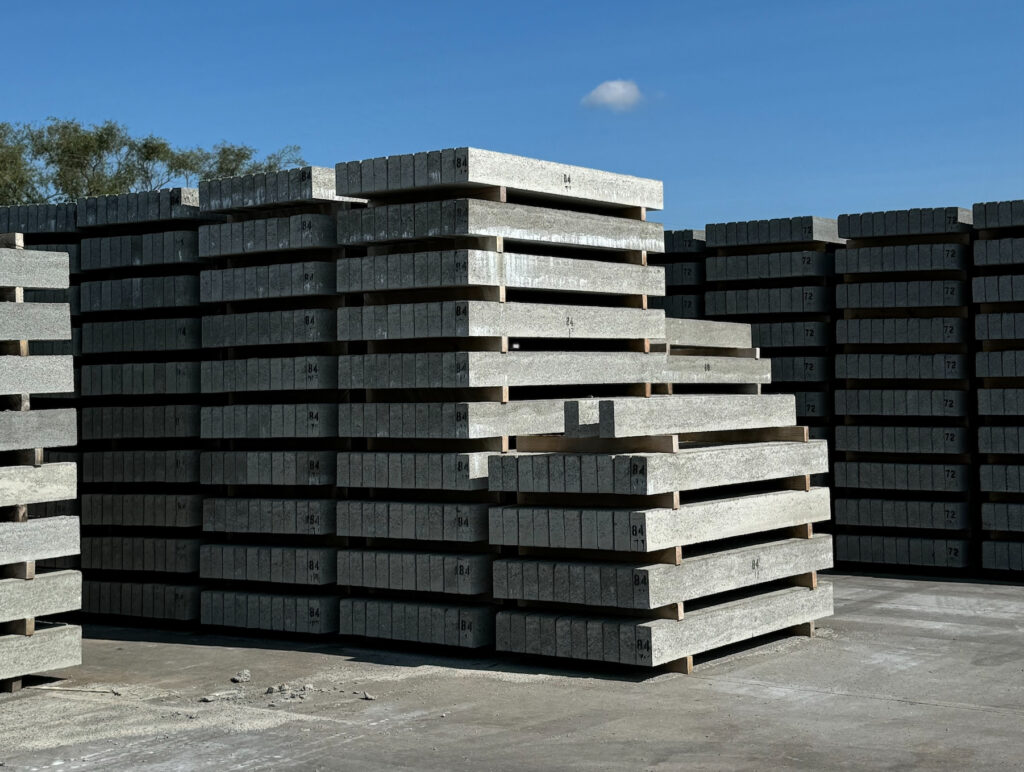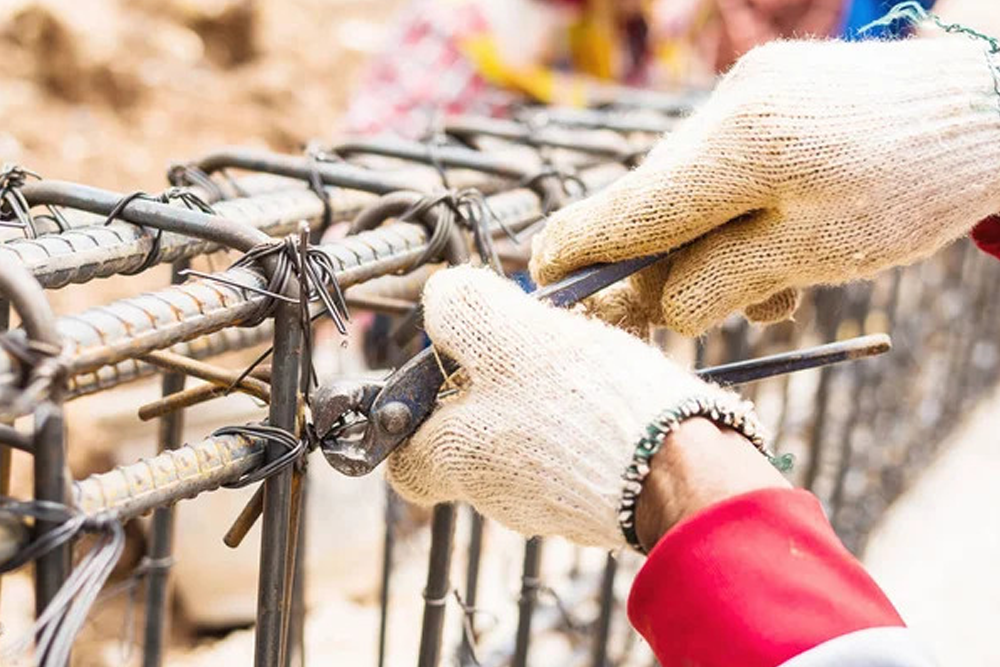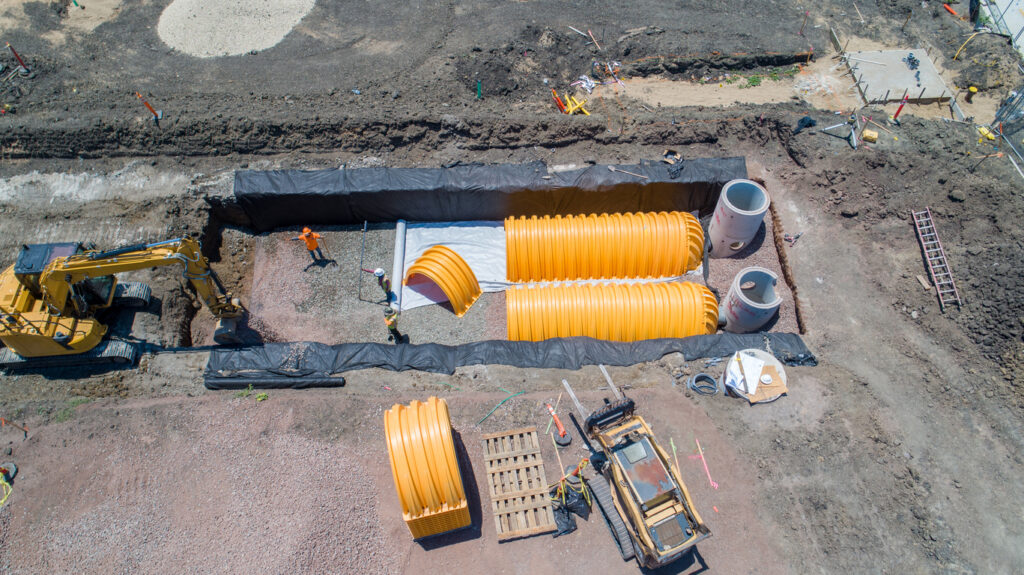A Guide To Selecting The Right Tools For Hardscaping
Hardscaping projects demand meticulous planning, precise execution, and the right tools for hardscaping, which are designed to withstand the challenges of outdoor construction. Whether you are an experienced landscaper or a DIY enthusiast embarking on your first outdoor project, selecting appropriate tools is crucial for attaining professional-quality results.
Understanding the Importance of Choosing the Right Tools
Before diving into the specifics of selecting tools for hardscaping, it’s essential to understand why choosing the right tools is crucial for the success of your project. Hardscaping involves working with dense materials such as stone, brick, and concrete, which require specialized tools to cut, shape, and install properly. Using the wrong tools can result in subpar workmanship, wasted time and materials, and even safety hazards. By selecting the right tools for the job, you can ensure efficiency, accuracy, and overall project success.
Factors to Consider When Choosing Tools for Hardscaping
- Project Scope and Scale: Consider the size and complexity of your hardscaping project. Larger projects may require heavy-duty equipment such as excavators and compactors, while smaller projects may only need hand tools and power tools.
- Material Compatibility: Different hardscaping materials require different tools for cutting, shaping, and installation. Ensure that the tools you choose are compatible with the materials you’ll be working with, whether it’s natural stone, concrete pavers, or brick.
- Tool Quality and Durability: Invest in high-quality tools that are built to withstand the demands of outdoor construction. Look for tools made from durable materials such as hardened steel or aluminum, with features such as rust-resistant coatings and ergonomic handles.
- Ergonomics and Comfort: Hardscaping can be physically demanding work, so it’s essential to choose tools that are comfortable to use for extended periods. Look for tools with ergonomic designs, cushioned handles, and adjustable features to reduce fatigue and strain on the body.
- Versatility and Multi-functionality: Opt for tools that can perform multiple functions or tasks, as this can help streamline your workflow and reduce the need for additional equipment. Multi-functional tools such as combination hammers or 3-in-1 masonry saws can save time and space in your toolkit.
- Safety Features: Prioritize tools that include built-in safety features to protect both you and your workpiece. Features such as blade guards, anti-kickback mechanisms, and vibration-dampening systems can help prevent accidents and injuries on the job site. Dust control features are also particularly valuable health and safety features, and also help keep the job site cleaner.
Essential Tools for Hardscaping Projects
- Excavation and Site Preparation:
- Excavator or mini-excavator
- Shovel or spade
- Pickaxe or mattock
- Wheelbarrow or dump cart
- Cutting and Shaping:
- A masonry saw or a wet tile saw
- Angle grinder with masonry cutting blade
- Brick hammer and chisel set
- Leveling and Compacting:
- Plate compactor or tamper
- Hand tamper or screed board
- Bubble level or laser level
- Installation and Finishing:
- Bricklaying trowel or pointing trowel
- Rubber mallet or dead blow hammer
- Jointing tool or grout bag
Selecting the right tools for hardscaping projects is essential for achieving professional-quality results efficiently and safely. By considering factors such as project scope, material compatibility, tool quality, ergonomics, versatility, and safety features, you can assemble a toolkit that meets your specific needs and ensures the success of your outdoor construction endeavors. With the right tools in hand, you’ll be well-equipped to tackle any hardscaping project with confidence and precision.

Hardscape SalesMike Schmidt
Latest News

Choosing The Right Size: Your Essential Concrete Lintel Size Guide
Choosing the right size for a concrete lintel is a critical decision that can significantly impact the structural integrity of […]

Inaccurate Soil and Stormwater Models
Green infrastructure stormwater practices are predicated on a soil’s ability to absorb or infiltrate water. This value is reported in […]

6 Must-Have Concrete Reinforcing Accessories
In construction, boosting and guaranteeing the strength and durability of concrete structures are always a plus. This is where concrete […]

Stormwater’s Buried Structural Plastic Problem
One of the most common solutions to stormwater challenges is big chambers or vaults to hold water. That is when […]
